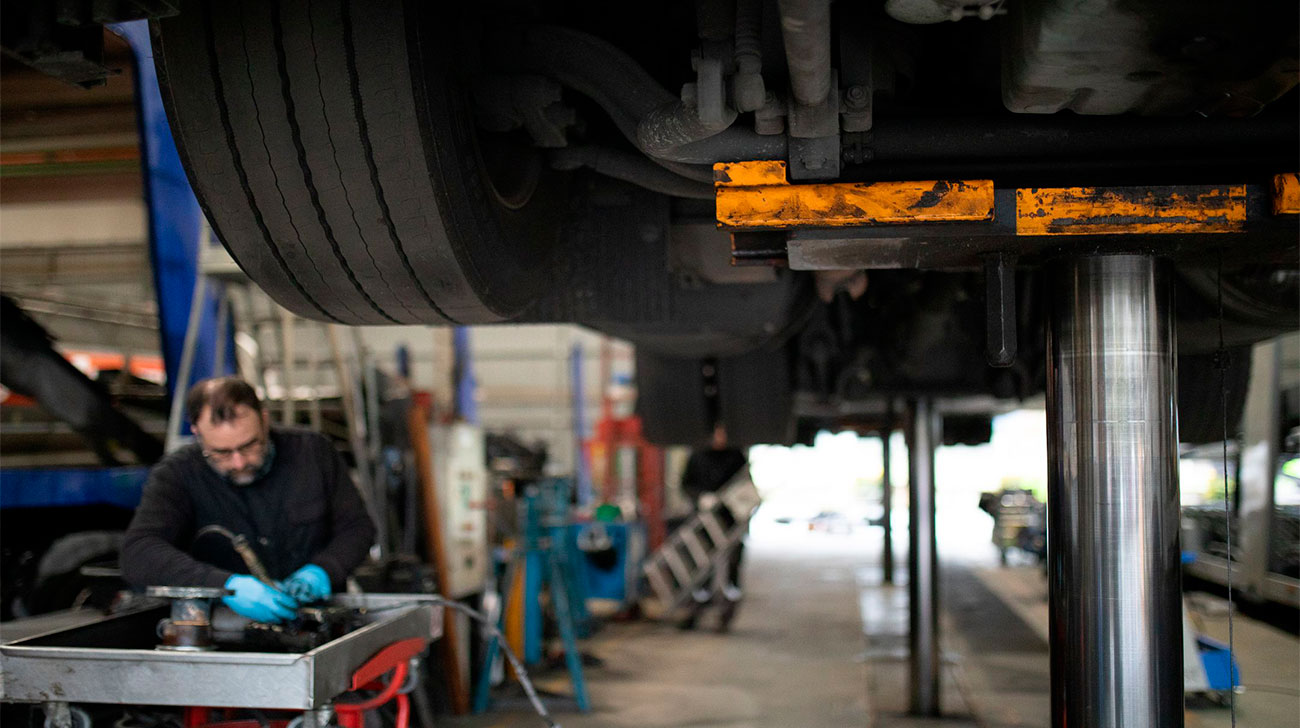
24 Mar Powertrain Systems in Hybrid and Electric Industrial Vehicles
Powertrain Systems in Hybrid and Electric Industrial Vehicles
In the evolution of industrial mobility, hybrid and electric vehicles have marked a turning point in transport efficiency and sustainability. Trucks, buses and heavy-duty vehicles have integrated new traction systems that optimise performance and reduce emissions, adapting to the current needs of the sector. In this article we will explore the main powertrains systems in hybrid and electric industrial vehicles, their advantages and their impact on the mobility of the future.
Traction Types in Hybrid and Electric Industrial Vehicles
The traction system is the responsible for transmitting power from the engine to the wheels of the vehicle. Depending on the design and the type of power used, commercial vehicles can have different traction systems.
RWD – Rear Wheel Drive
In this system, the engine transmits power to the rear wheels, offering greater stability and load and weight capacity. It is the most common type of drive in electric trucks and high-capacity buses.
The advantages of rear-wheel drive are better weight distribution (ideal for heavy vehicles), greater control during hard starts and acceleration, and less steering effort, making it easier to steer.
On the downside, energy consumption is higher compared to front-wheel drive and can present difficulties on slippery surfaces.
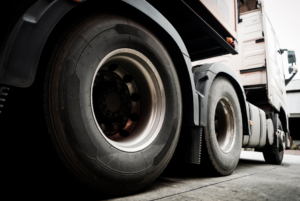
FWD – Front Wheel Drive
In front-wheel drive, engine power drives the front wheels. With front-wheel drive, you get more usable space in the rear, less weight and optimised energy consumption, and greater manoeuvrability in urban environments.
However, it does have a lower traction capability on slippery or steep terrain, and front wheel wear is accelerated. It is the least common type of traction among industrial vehicles as it is not suitable for carrying weight.
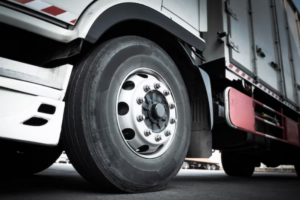
AWD/4WD – All Wheel Drive/Four Wheel Drive
This system distributes power to all wheels, improving grip and performance in adverse conditions. It is used on off-road hybrid trucks or buses operating in areas with extreme climates.
This all-wheel drive provides maximum stability and grip on all types of terrain, ideal for transporting cargo in difficult conditions. In addition, the intelligent power distribution adapts to the needs of the vehicle.
On the other hand, this system has a higher weight and energy consumption, as well as higher maintenance costs.
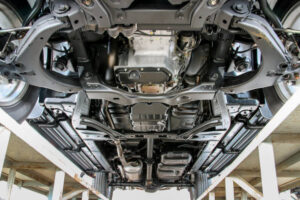
In-Wheel Motors
This innovative system equips electric motors directly to the wheels, eliminating the need for drive shafts and improving energy efficiency. It is being implemented in electric city buses and last-mile freight vehicles.
The advantages of this innovative system are that it requires fewer mechanical parts, which reduces maintenance. It also has greater efficiency and range, as well as optimal power distribution to each wheel.
But for now, this electric drive system uses technologies that are still under development at high costs and requires advanced thermal management systems to operate.
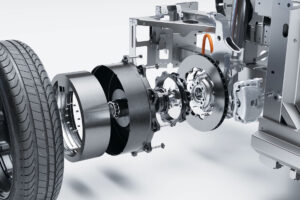
Keep your industrial vehicle in good condition with Consman
At Consman, we are experts in the maintenance and repair of hybrid and electric industrial vehicles. Our team of professionals is prepared to offer you solutions adapted to each traction system, guaranteeing the maximum performance and efficiency of your vehicles. Optimise the mobility of your fleet with the latest traction technology!


No Comments